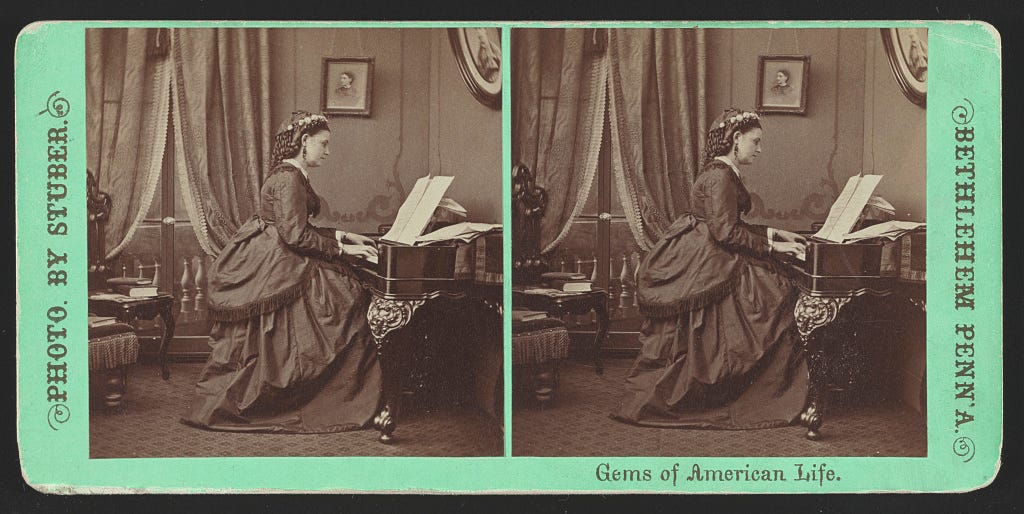
Music and language, especially poetry, have been inextricably linked for millennia — from the lyric poets in Ancient Greece to contemporary rap. The two are still obviously fused today in popular music, opera, theater, performance art, sound poetry, and much more. Likewise, the marriage of language and music reverberated in writing long after the early lyric. As a musician turned writer, I learned the most in my early writing days from writers like Gertrude Stein who taught me to lean into the musicality and play of language and Allen Ginsberg who taught me to lean into the breath — the body’s own time signature, the page’s own time signature.
When I started writing and publishing more seriously, I couldn’t shrug off my need to have music in my creative life. I was excited to discover dedicated literary spaces for the intersection of writing and other arts disciplines like film writing, but was surprised to discover very few literary spaces dedicated to music writing. When I first saw ANMLY’s call for a music writing column editor, I jumped at the chance to create a space for music writing from a literary lens. As I considered my vision for this column, I remembered a piece I published as Digital Media Editor for New Delta Review — “Domestic Interiors: Four Pictorial Scores” by Jasmine Dreame Wagner—which are four diagrammatic musical scores for chamber ensemble with accompanying audio. I loved the possibility these pieces offered within the world of literary digital media. It tested the limits of what can constitute literature, brought separate disciplines in dialogue, and was highly collaborative.
For “The Markings of Music” I want to do just that — test the limits of what can constitute music writing. And part of that experimentation is in service of the collaborative. Literature is so often thought to be a solitary exercise taken out into the public. What’s wonderful about music is how dependent it can be on others for “completion,” and by engaging with music in language, I think we can begin to remember our own collaborations with one another in writing, to remember that writing is one long conversation.
And with all that, I’d like to open our first call for work for “The Markings of Music.” Show me what music writing is. Take me to the limit. We’re not looking for traditional reviews, but rather work engages with music from a literary lens. While this often comes in the form of the cultural and aesthetic, we’re equally interested in a more direct and technical engagement with music by writers who are also musicians. We’re open to work of all forms, genres, and media, including nonfiction, fiction, poetry, hybrid work, digital media, sound poetry, video and more.
Please send one piece of prose up to 6,000 words; up to three pieces of flash; or up to five shorter works (including poems, micros, images, etc.) to olivia@anomalouspress.org. For large files, please send a link to your work that will remain available for at least six months.
The Markings of Music: An Introduction was originally published in ANMLY on Medium, where people are continuing the conversation by highlighting and responding to this story.
